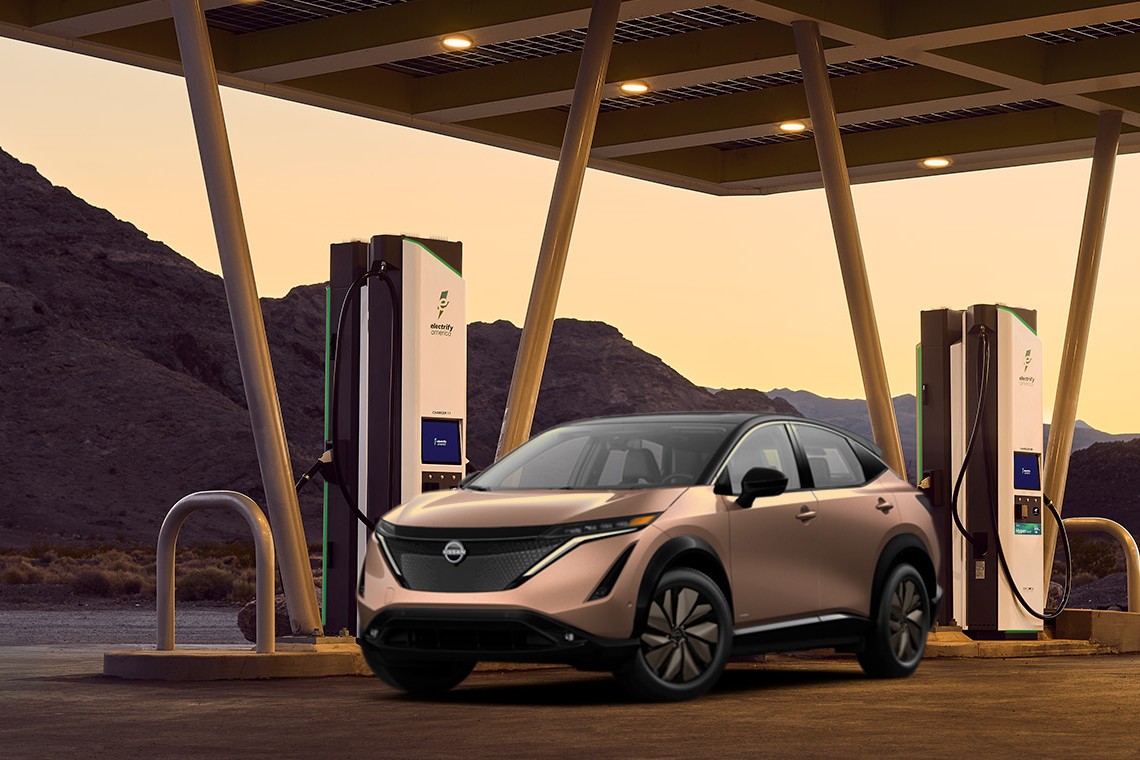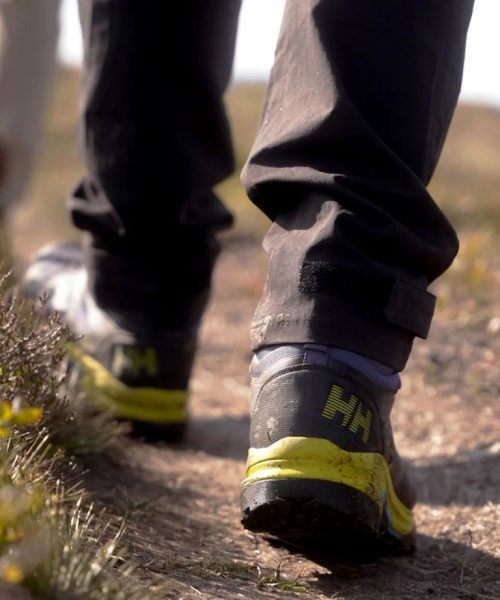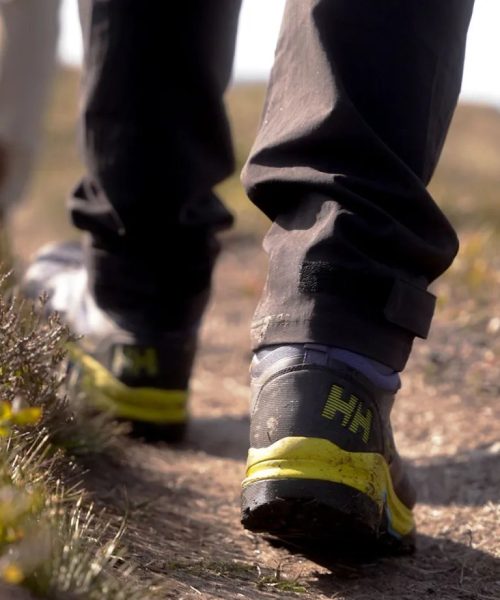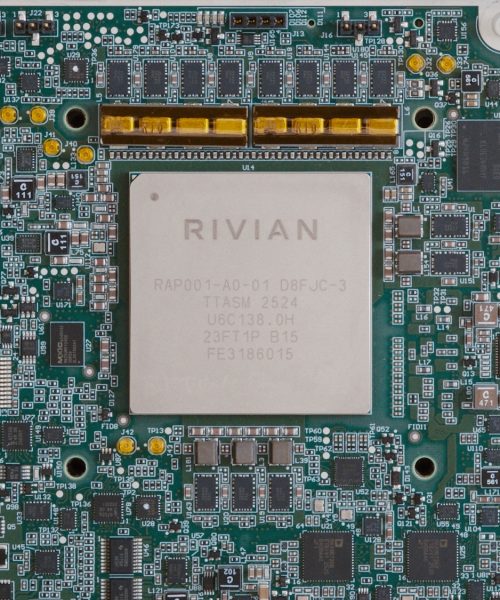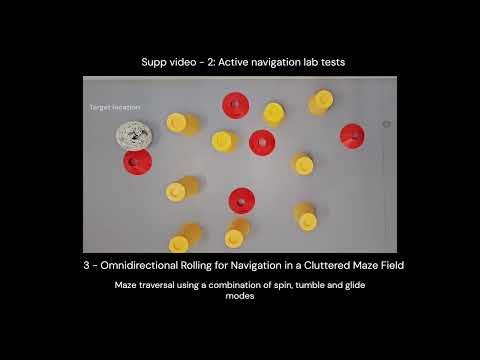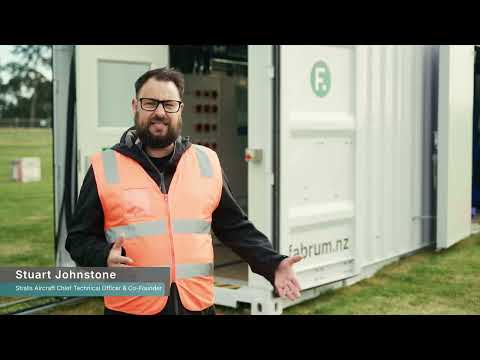Batteries that power electric cars are tested rigorously in the lab and in real-world conditions before the electric vehicle hits the market. At Nissan’s technical center near Detroit, that process includes a steel chamber capable of reaching temperatures ranging from -40 to 176 degrees Fahrenheit.
Ansu Jammeh, an engineer on Nissan’s Zero Emissions team, donned a full-on snowsuit and heavy gloves to measure the Ariya EV’s performance in extreme cold. At the start of a 24-hour “cold soak” (at -4°F) in the chamber, the team parked an Ariya with a 17 percent battery charge. Left unplugged and bypassing its battery heater for this test, the EV came through with the same percentage and started right up.
While some are skeptical about EVs as a good choice for drivers in cold weather states, Jammeh points out that the Ariya is all-wheel drive and its cabin heats up quickly. That said, sliding behind the wheel of an icy car that has been sitting in the equivalent of a giant air conditioning compressor for a full day is not pleasant. This part of Jammeh’s job may be no picnic, but he takes it in stride.
“My favorite animal is the penguin,” he jokes.
Extreme testing
The Ariya is available with a standard-range 66-kWh battery or 91-kWh long-range battery. That’s larger than the battery in Nissan’s original EV, the Leaf, which comes with a choice of a 40-kWh battery pack or a 62-kWh battery pack. The first Leaf owners were early adopters, and the Ariya emerged during a period of higher EV adoption overall. In either case, Leaf and Ariya owners seem to gravitate toward pushing their cars to the edge to see how they perform.
For that reason, the engineering team has to stay a step or two ahead of its customers by testing the vehicles not just in simulation but in the real world. Vehicles spend time on the dyno, or dynamometer, a device that measures power and force. They’re also subject to extreme weather testing like Nissan conducted with the new Kicks, chasing blizzards in Colorado to ensure the compact SUV could hold its own in the snow.
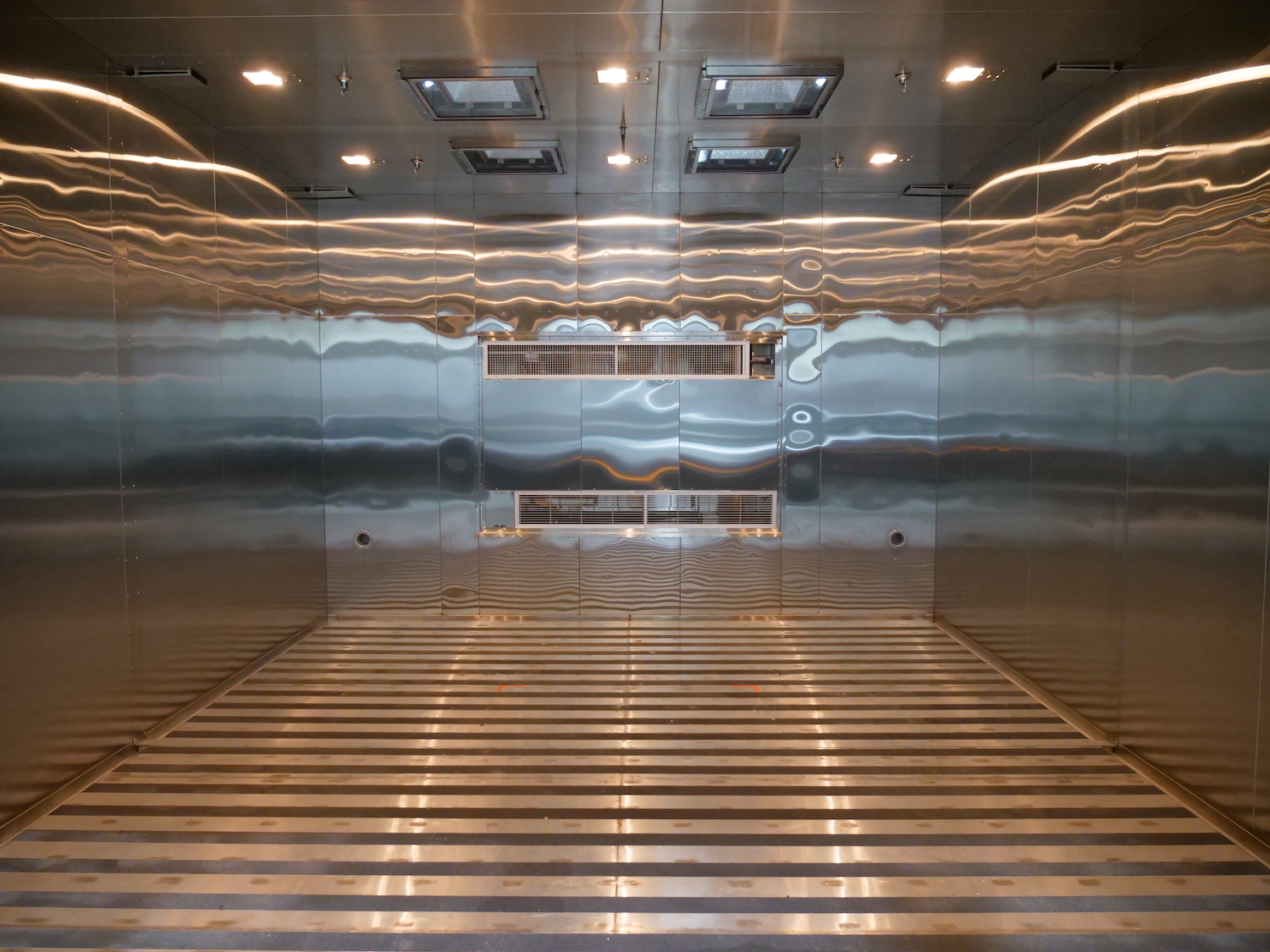
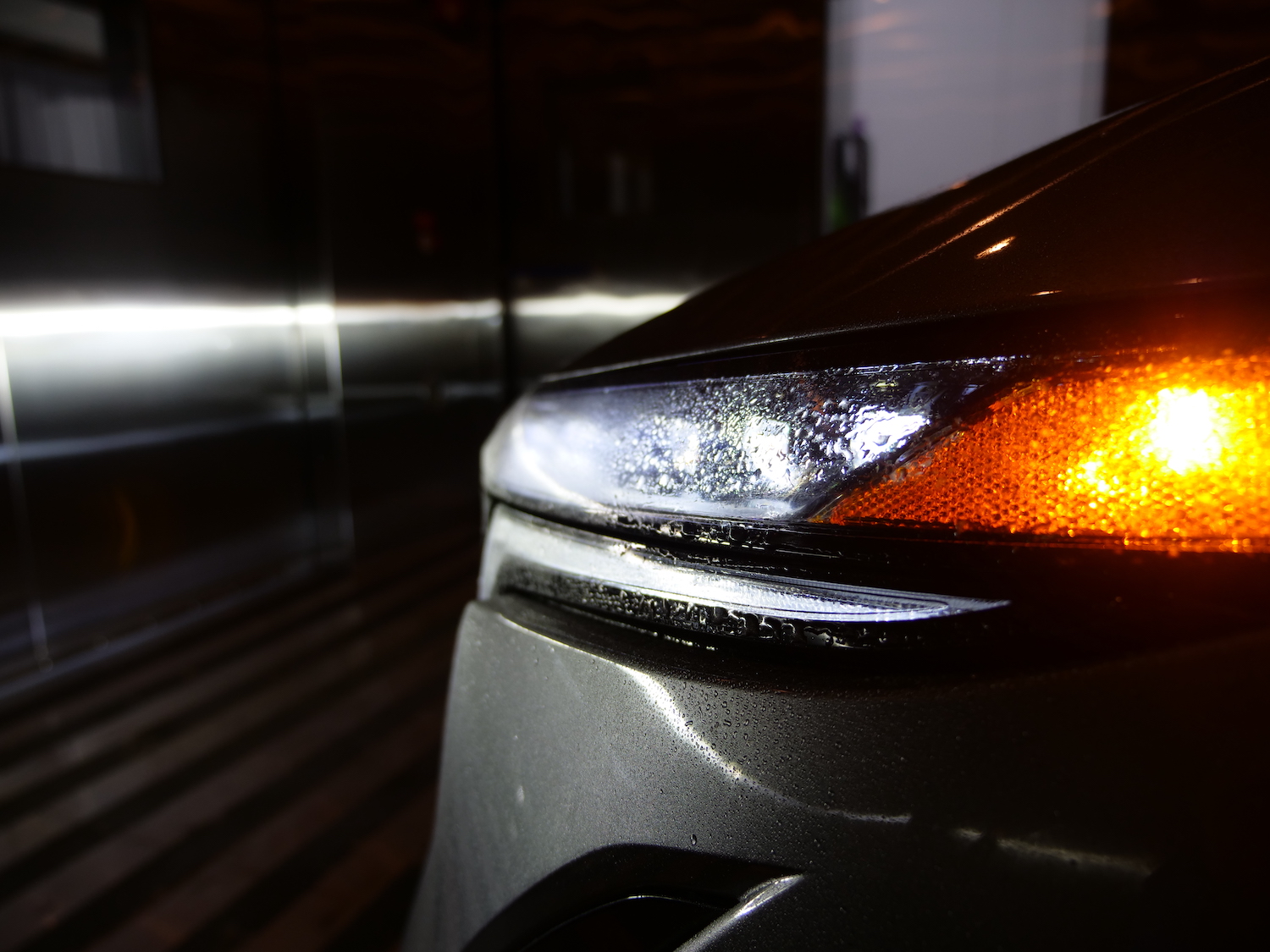
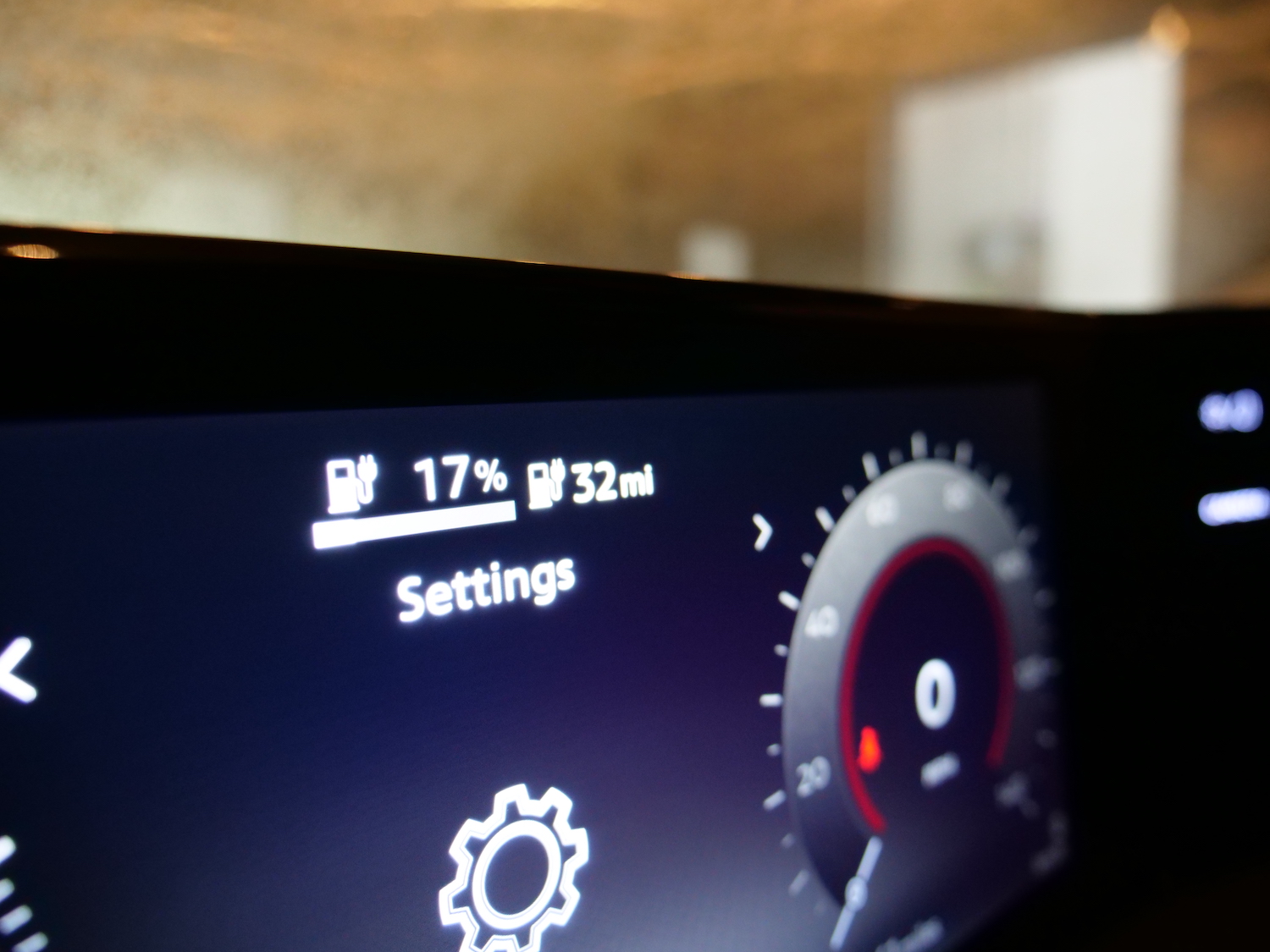
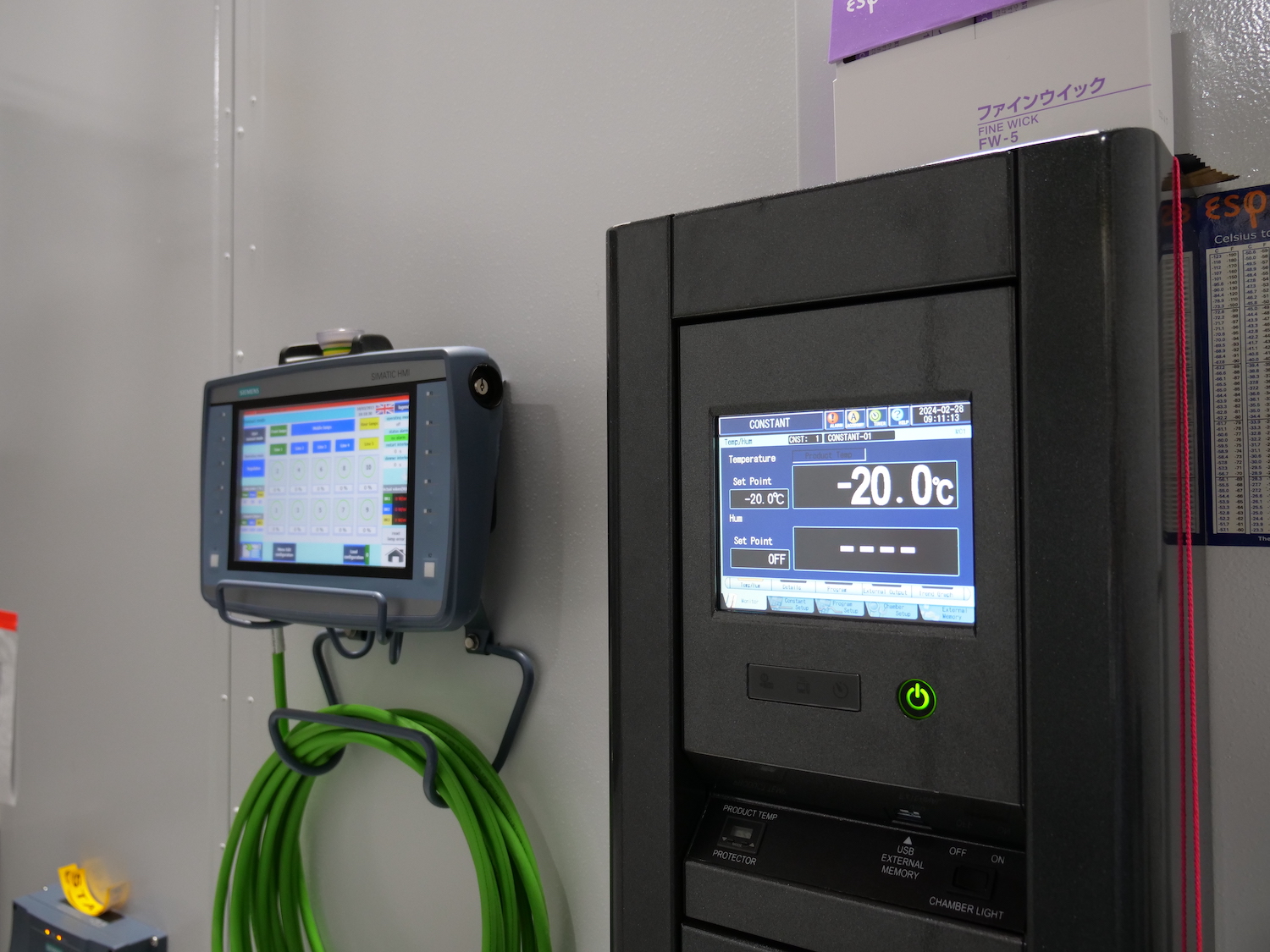
“Looking at our social media channels, we see a lot of customers who are brave,” Jammeh says. “They’re hypermilers, pushing their vehicles to the limits even in the extreme cold.”
Take, for instance, a British couple who drove a Nissan Ariya 30,000 kilometers (nearly 19,000 miles) from the 1823 Magnetic North Pole on the Arctic Ocean all the way to the South Pole in Antarctica. While they did outfit the EV with 39-inch snow tires and raised the suspension, the Ariya retained its original battery and powertrain.
Nissan’s testing chamber is made of insulated steel, operated with a control pad on the outside. While it kind of sounds like a device a movie villain might use to detain a superhero, don’t worry: the chamber has big double doors that push right open. It takes about an hour to go from ambient temperature to -40 F, and it can also replicate a solar load to evaluate how the paint, exterior, and performance components hold up.
Recipe for success: preheat
EV range isn’t a simple, all-purpose measurement, Jammeh says. Weather, terrain, elevation, speed, traffic, cargo, passengers, and climate settings all make an impact.
“I do want to touch on one thing,” he comments. “Some customers think they’ll lose energy in the winter, and that’s not inherently true. What’s happening is that since the battery is cold, it takes more energy to get the same output. But the same energy is still there.”
Nissan’s EV allows drivers to “precondition” the battery for best results; owners can even set a timer for it to start at the same time so they can climb into a cozy car. The ideal scenario is for the EV to start preconditioning inside a garage while it’s still plugged in, so it’s using power from the grid and not the vehicle’s battery.
The Department of Energy agrees with preconditioning. “All vehicles—EVs included—perform best in cold weather when they’re warmed up first. [Preconditioning] is best executed while the car is still charging to ensure the battery is sufficiently charged and the cabin is sufficiently warmed to optimize performance.”
“More heat means better electron flow, and better electron flow speeds up the battery’s chemical reactions,” Jammeh points out. “If you get into a cold car, you’re going to use a lot more energy to heat that car up, so you’ll want to use the preconditioning feature to get the cabin to the appropriate temperature at home. Then when you’re ready to leave, you’re using less energy to sustain that temperature than you would going from a cold start.”
The car, in other words, is like a person in that way: it’s more difficult to get out of bed and get going when it’s cold.
